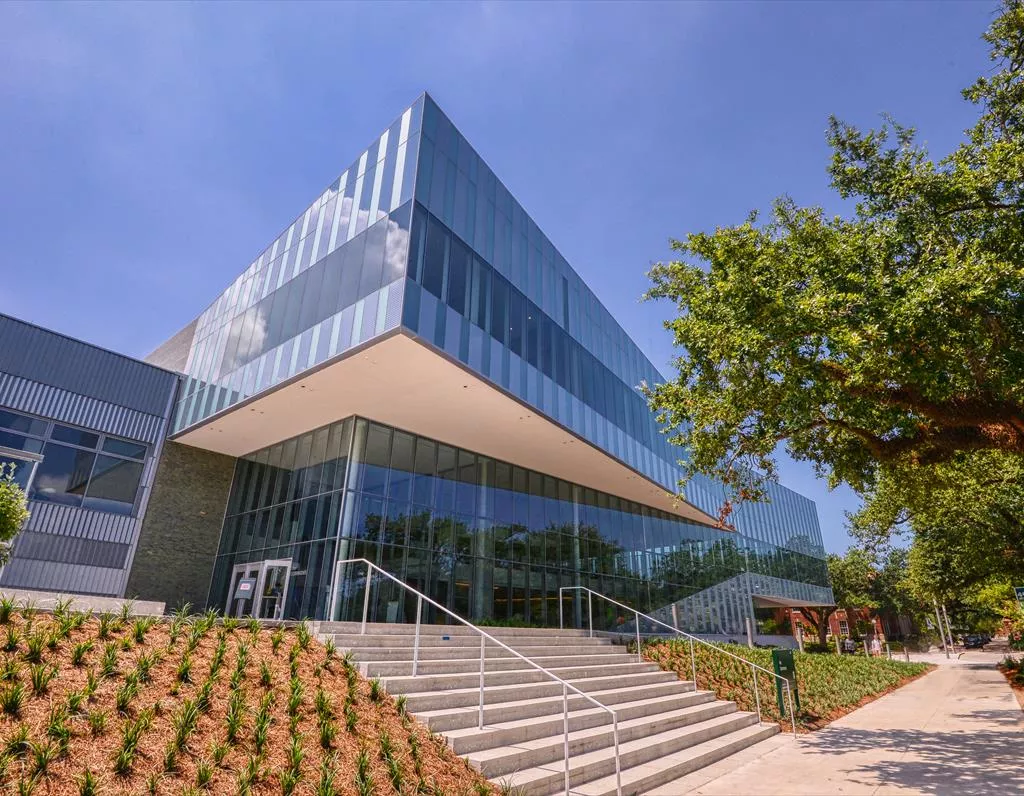RCI’s Guide to Sustainable Fall Landscaping Practices
As the seasons shift and the weather cools, fall presents the perfect opportunity to prepare your landscape for long-term health and sustainability. For property managers, developers, and business owners, sustainable commercial landscaping not only enhances curb appeal but also reduces maintenance costs and environmental impact. At RCI, we believe that great landscaping blends beauty with responsibility—ensuring every space thrives through every season.
1. Choose Native and Adaptive Plants
One of the best ways to achieve sustainable landscaping is by incorporating native and regionally adapted plants. These species require less water, fertilizer, and maintenance because they’re naturally suited to local conditions. During the fall, planting native grasses, shrubs, and perennials allows their root systems to establish before winter, setting the stage for healthy growth in spring.
2. Implement Smart Irrigation Systems
As rainfall patterns change, conserving water becomes even more important. Installing or upgrading to smart irrigation systems can drastically reduce water waste in commercial landscaping. These systems use weather data and soil moisture sensors to deliver water only when needed, helping you save on utility costs while keeping landscapes lush.
3. Mulch and Compost for Soil Health
Fall is the ideal time to refresh mulch beds and introduce compost into your landscaping routine. Mulching helps retain moisture, regulate soil temperature, and suppress weeds, while compost adds essential nutrients to the soil. Together, they create a healthier environment for plants and promote sustainable growth without the need for excessive fertilizers.
4. Manage Fallen Leaves Responsibly
Instead of disposing of fallen leaves, consider using them as part of your sustainable landscaping strategy. Leaves can be shredded and used as natural mulch, or composted to enrich soil. This not only reduces waste but also closes the nutrient loop within your landscape ecosystem.
5. Plan for Energy Efficiency
Thoughtful commercial landscaping design can also support your building’s energy efficiency. Planting deciduous trees strategically around structures provides shade in summer and allows sunlight in during winter. This natural climate control reduces energy consumption and creates more comfortable outdoor environments for clients and employees alike.
6. Partner with a Sustainable Landscaping Expert
RCI’s team of landscape professionals specializes in creating and maintaining sustainable commercial landscapes that balance aesthetics with environmental stewardship. From design and installation to ongoing maintenance, our experts help businesses implement practical, eco-friendly practices that last.
Sustainable landscaping is more than a seasonal trend—it’s a long-term investment in your property’s health, appearance, and future. As you prepare your property this fall, RCI is here to guide you every step of the way with innovative and responsible solutions that make a lasting impact.


-1920w.webp)


